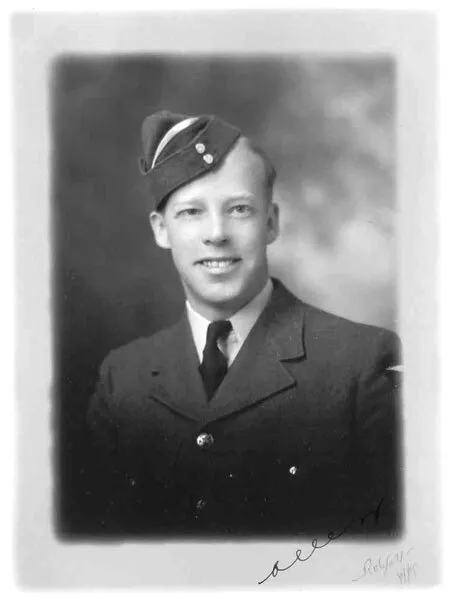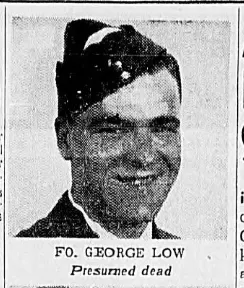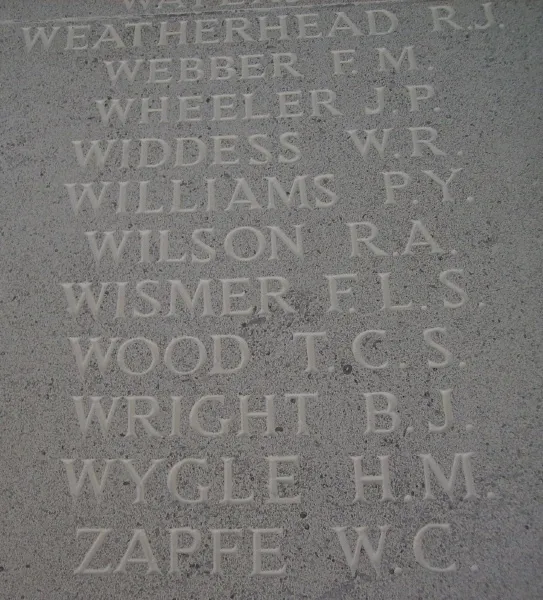Summers, Samuel Charles Franklin (Flight Sergeant)
Killed in Action 1943-April-29
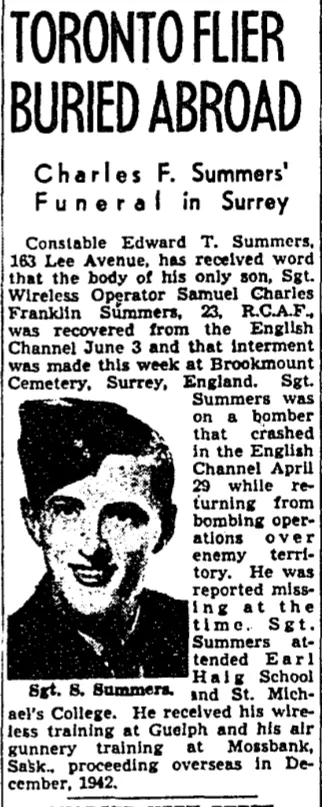

Birth Date: 1920
Born:
Parents: Son of Edward and Beatrice Summers of Toronto, Ontario, Canada.
Spouse:
Home: Toronto, Ontario
Enlistment:
Enlistment Date: unkown date
Service
RCAF
Unit
407 Sqn- Squadron
To Hold On High
Base
Rank
Flight Sergeant
Position
Wireless Air Gunner
Service Numbers
R/119298
Home
Crew or Other Personnel
Wellington MP618
Wellington serial: MP618

Vickers Wellington B. Mk. III (Serial No. X3763), coded KW-E, No. 425 'Alouette' (B) Squadron, RCAF, late summer of 1942
The Vickers Wellington was a British twin-engined, long-range medium bomber. It was designed during the mid-1930s at Brooklands in Weybridge, Surrey. Led by Vickers-Armstrongs' chief designer Rex Pierson, a key feature of the aircraft is its geodetic airframe fuselage structure, which was principally designed by Barnes Wallis. Development had been started in response to Air Ministry Specification B.9/32, issued in the middle of 1932, for a bomber for the Royal Air Force. This specification called for a twin-engined day bomber capable of delivering higher performance than any previous design.
The Wellington was used as a night bomber in the early years of the Second World War, performing as one of the principal bombers used by Bomber Command. During 1943, it started to be superseded as a bomber by the larger four-engined "heavies" such as the Avro Lancaster. The Wellington continued to serve throughout the war in other duties, particularly as an anti-submarine aircraft.
It holds the distinction of having been the only British bomber that was produced for the duration of the war, and of having been produced in a greater quantity than any other British-built bomber. The Wellington remained as first-line equipment when the war ended, although it had been increasingly relegated to secondary roles. The Wellington was one of two bombers named after Arthur Wellesley, 1st Duke of Wellington, the other being the Vickers Wellesley.
In August 1936, an initial order for 180 Wellington Mk I aircraft, powered by a pair of 1,050 hp (780 kW) Bristol Pegasus radial engines, was received by Vickers; it had been placed so rapidly that the order occurred prior to the first meeting intended to decide the details of the production aircraft. In October 1937, another order for a further 100 Wellington Mk Is, produced by the Gloster Aircraft Company, was issued; it was followed by an order for 100 Wellington Mk II aircraft with Rolls-Royce Merlin X V12 engines. Yet another order was placed for 64 Wellingtons produced by Armstrong Whitworth Aircraft. With this flurry of order and production having been assured by the end of 1937, Vickers set about simplifying the manufacturing process of the aircraft and announced a target of building one Wellington per day.
A total of 180 Wellington Mk I aircraft were built; 150 for the RAF and 30 for the Royal New Zealand Air Force (RNZAF) (which were transferred to the RAF on the outbreak of war and used by 75 Squadron). In October 1938, the Mk I entered service with 9 Squadron. The Wellington was initially outnumbered by the Handley Page Hampden (also ordered by the Ministry to B.9/32) and the Armstrong Whitworth Whitley (to B.34/3 for a 'night' bomber) but outlasted both rival aircraft in service. The Wellington went on to be built in 16 separate variants, in addition to two training conversions after the war. The number of Wellingtons built totalled 11,462 of all versions, a greater quantity produced than any other British bomber. On 13 October 1945, the last Wellington to be produced rolled out. Wikipedia
Unit Desciption
407 Sqn To Hold On High ("Demon")
History of the Squadron during World War II (Aircraft: Blenheim IV, Hudson III & V, Wellington XI, XII, XIV)
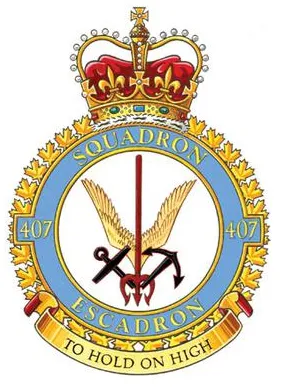
407 Squadron was the fourth RCAF squadron formed overseas in WWII, and the second to be allocated to Coastal Command. It was created on 8 May 1941 at Thorney Island, Hampshire, UK ![]() as a Coastal Strike unit, flying Bristol Blenheim Mk IV and Lockheed Hudson Mk. III and V. It continued in the anti-shipping role until 29 January 1943 when it was re-designated a General Reconnaissance unit and re-equipped with Vickers Wellington aircraft, progressively flying Mks XI, XII and XIV (the latter two equipped with Leigh Light) in the Battle of the Atlantic. The squadron flew from a number of different bases in the UK. It was finally disbanded at Chivenor, Devon, UK
as a Coastal Strike unit, flying Bristol Blenheim Mk IV and Lockheed Hudson Mk. III and V. It continued in the anti-shipping role until 29 January 1943 when it was re-designated a General Reconnaissance unit and re-equipped with Vickers Wellington aircraft, progressively flying Mks XI, XII and XIV (the latter two equipped with Leigh Light) in the Battle of the Atlantic. The squadron flew from a number of different bases in the UK. It was finally disbanded at Chivenor, Devon, UK ![]() on June 4 1945.
on June 4 1945.
In the course of WWII, the squadron flew some 2900 sorties, of which 1987 were in the anti-submarine role. In anti-shipping strikes, it was credited with sinking 10 ships , totalling 24,000 tons. 4 U-boats were claimed sunk and 3 damaged. Details of the attacks on U-boats were as follows. On 6/7 September 1943, flying out of Chivenor, Pilot Officr E.M. O’Donnell and crew of Wellington Mk XII HF115, equipped with a Leigh Light attacked what was thought to be U-669 (according to uboat.net, the submarine attacked was U-584, which was not damaged). On 10/11 February 1944, flying out of Limavady, Flying Officer P.J. Heron and crew in Wellington XII MP578 equipped with a Leigh Light attacked and sunk U-283. On 3/4 May 1944, flying out of Chivenor, Flying Officer L.J. Bateman and crew in Wellington XIV NB855 equipped with a Leigh Light attacked and sunk U-846. On 29/30 December 1944, flying out of Chivenor, Squadron Leader C.I.W. Taylor and crew in Wellington XIV NB855 equipped with a Leigh Light attacked what was thought to be U-772 (according to uboat.net, the submarine attacked was U-486, which escaped).
In the course of operations, the squadron lost 42 aircraft and 197 aircrew of whom 24 were confirmed killed and 151 presumed dead, 8 POW and 8 wounded. Awards gained by the aircrew were 3 DSOs, 1 Bar to DFC, 18 DFCs, 6 DFMs and 35 Mentioned in Dispatches. Battle Honours were: Atlantic 1943-45, English Channel and North Sea 1941-45, Fortress Europe 1942, German Ports 1942, Normandy 1944, Biscay 1942-45.Wikipedia, Kostenuk and Griffin
Maps for Movements of 407 Squadron 1941-45
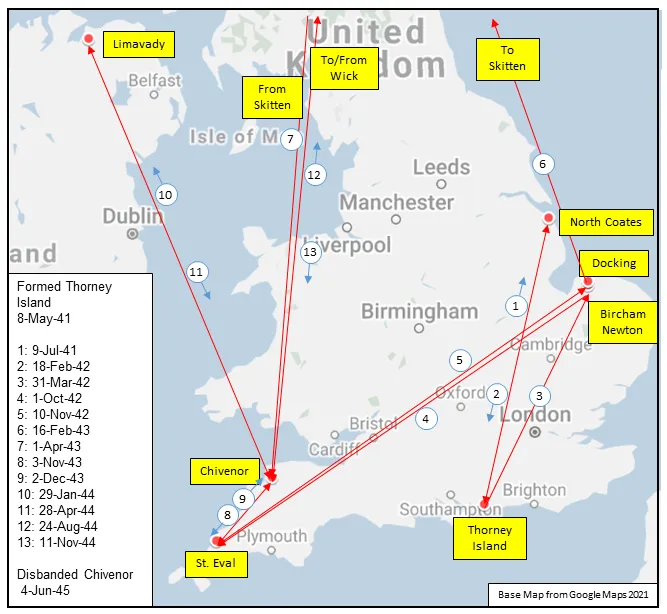
MAP 1: 407 Squadron Movements in the UK 1941-45 (right-click on image to display enlarged in new tab)
|
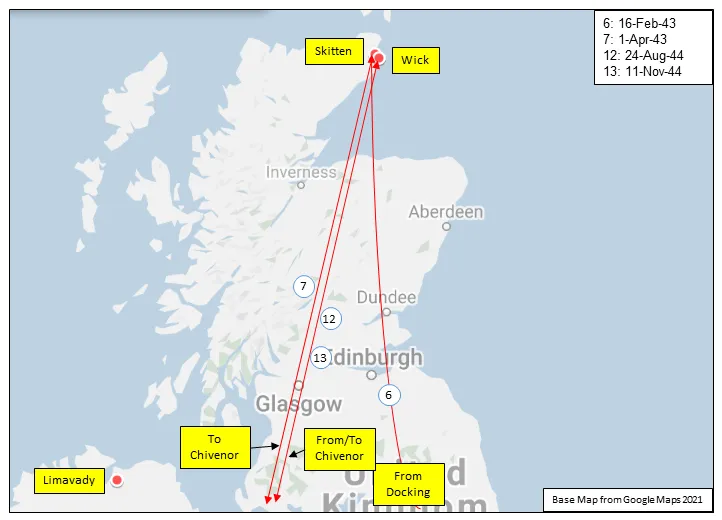
MAP 2: 407 Squadron Movements in Scotland 1943-44
|
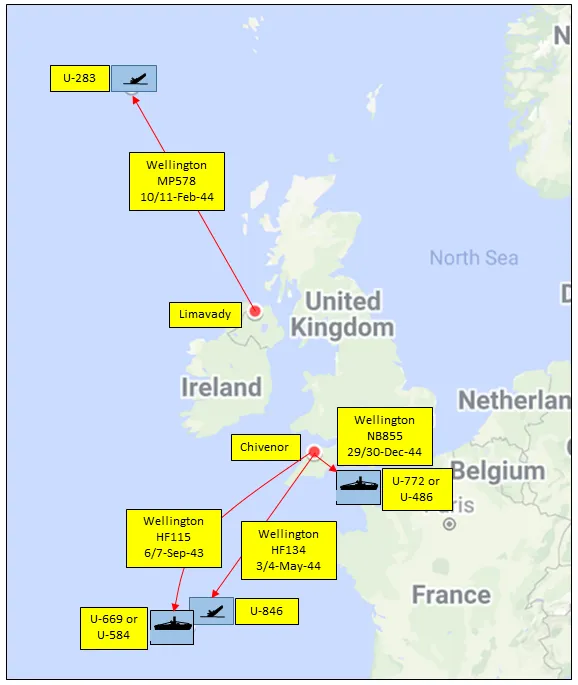
..
407 Sqn History Summary 1941-45
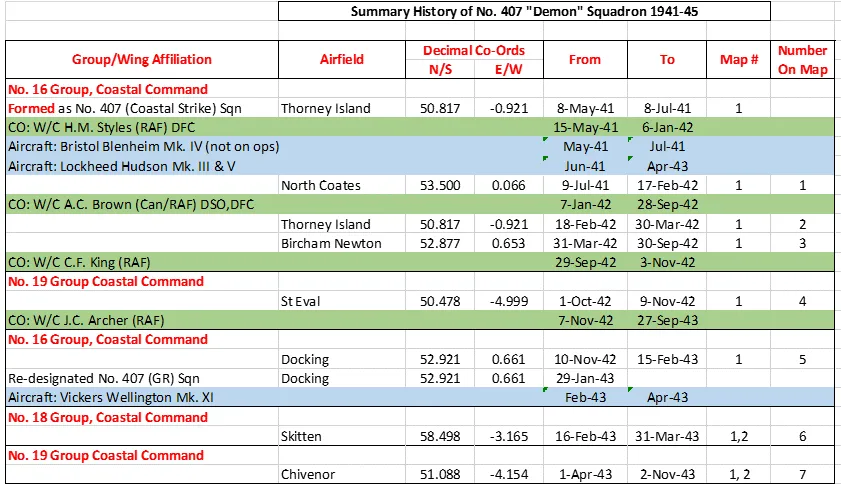
407 Sqn History Summary 1941-45 Page 2
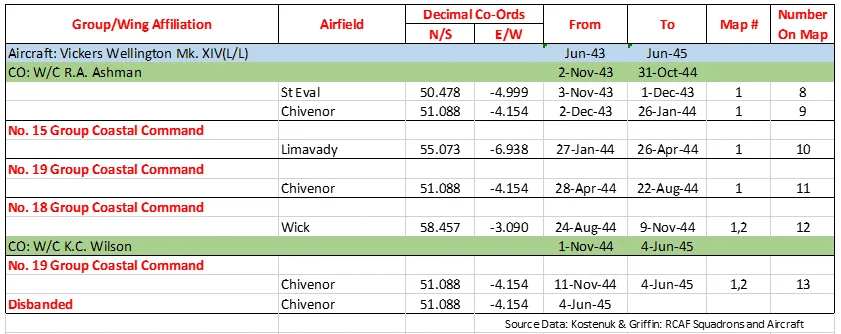
History of the Squadron Post-WWII (Aircraft: Lancaster X, Neptune, Argus, Aurora)
The squadron was re-formed as 407 (Maritime Reconnaissance) Squadron at Comox, BC ![]() on 1 July 1952, flying modified Lancaster X aircraft. The squadron was the third of four – and the only West Coast – unit formed in Maritime Command. It was re-designated 407 (Maritime Patrol) Squadron 17 July 1956. From 1958 it flew Lockheed Neptune aircraft. It was integrated into the Canadian Armed Forces on 1 February 1968. Later the squadron flew Canadair CP-107 Argus aircraft before transferring to the CP-140 Aurora which it flies today. The squadron is now designated 407 Long Range Patrol Squadron.407 Squadron has been active in Afghanistan, supporting Operation APOLLO from 2001-2003 as well as in 2009 during Operation ATHENA. 407 Squadron served in an Intelligence, Reconnaissance and Surveillance role during Operation MOBILE in the skies over Libya from 2010 to 2011. Its peacetime duties include flights to look for illegal fishing, migrant and drug smuggling and polluters. They can also perform search and rescue missions using air-droppable survival pods. In recent years, they have detected and gathered evidence against over a dozen suspected driftnet vessels in support of Canada's commitment to enforcing the United Nations moratorium on high-seas driftnet fishing.
on 1 July 1952, flying modified Lancaster X aircraft. The squadron was the third of four – and the only West Coast – unit formed in Maritime Command. It was re-designated 407 (Maritime Patrol) Squadron 17 July 1956. From 1958 it flew Lockheed Neptune aircraft. It was integrated into the Canadian Armed Forces on 1 February 1968. Later the squadron flew Canadair CP-107 Argus aircraft before transferring to the CP-140 Aurora which it flies today. The squadron is now designated 407 Long Range Patrol Squadron.407 Squadron has been active in Afghanistan, supporting Operation APOLLO from 2001-2003 as well as in 2009 during Operation ATHENA. 407 Squadron served in an Intelligence, Reconnaissance and Surveillance role during Operation MOBILE in the skies over Libya from 2010 to 2011. Its peacetime duties include flights to look for illegal fishing, migrant and drug smuggling and polluters. They can also perform search and rescue missions using air-droppable survival pods. In recent years, they have detected and gathered evidence against over a dozen suspected driftnet vessels in support of Canada's commitment to enforcing the United Nations moratorium on high-seas driftnet fishing.


